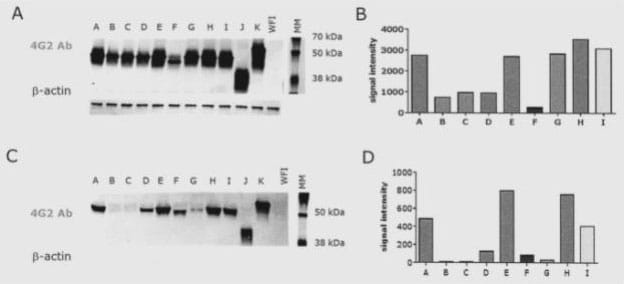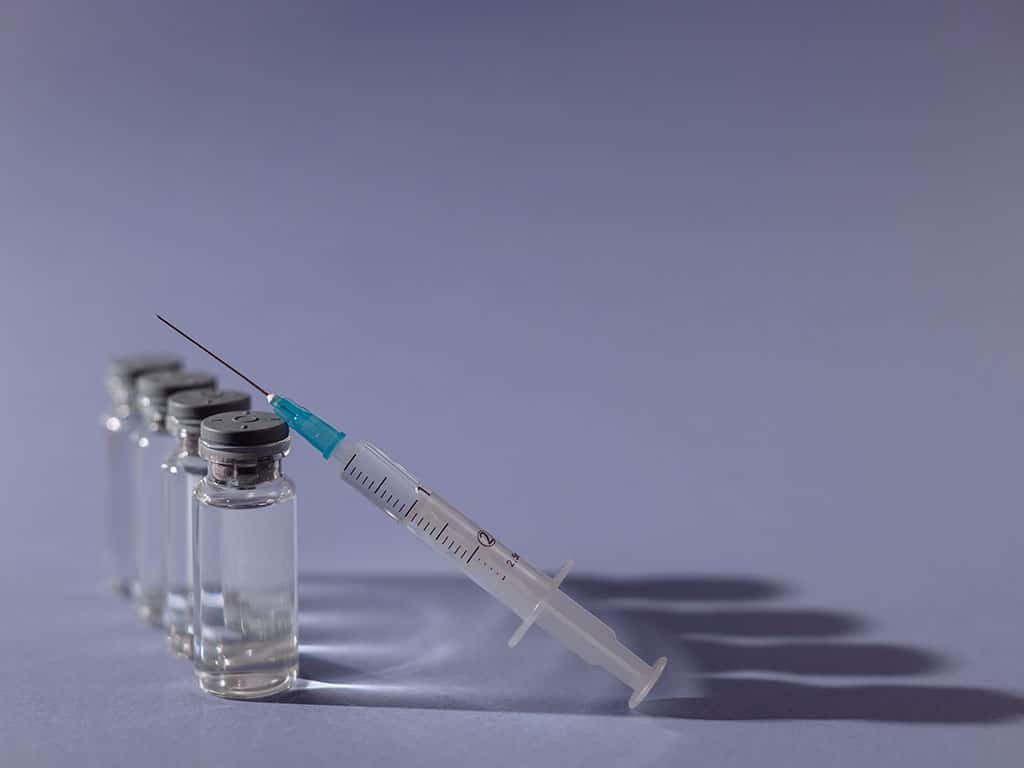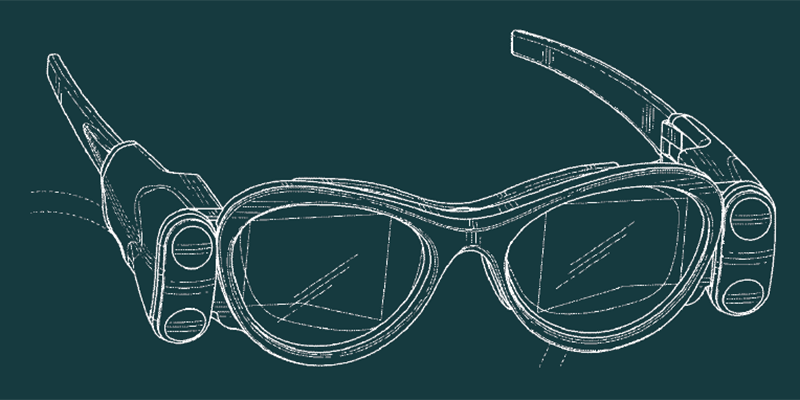The U.S. Patent and Trademark Office publishes the patent application for what could have been the first vaccine for Zika virus, nearly four years after Sanofi abandoned its development.
While the mosquito-borne Zika virus generally causes little to no symptoms for individuals carrying it, infection during pregnancy can cause serious birth defects, the most widely documented being microcephaly, or when a baby’s head is smaller at birth due to stunted brain development. In rare cases, Zika may cause Guillain-Barré syndrome, in which a person’s immune system attacks the nerve cells, with complications ranging from muscle weakness to paralysis.
Despite being first isolated in 1947 from monkeys in Uganda’s Zika Forest, the Zika virus only had its first large outbreak in humans in 2007. Worldwide, only 14 cases of human Zika virus disease had been documented prior. Eventual outbreaks across the Pacific Islands and later the Americas prompted the World Health Organization to declare Zika a Public Health Emergency of International Concern in 2016. The designation was pulled later that year.
The decline in new infections informed Sanofi’s discontinuation of its Zika vaccine research efforts. More importantly, the U.S. government had decided to scale back funding for the project. As of 2021, the Zika virus remains without a vaccine or cure.

Transfection of HeLa cells with mRNAs coding for Zika virus prME leads to the expression of the encoded Zika virus proteins.
The patent application, which listed German biopharmaceutical company CureVac as Sanofi’s co-applicant, was backed by the Defense Advanced Research Projects Agency, under the U.S. Department of Defense.
The companies submitted data on a messenger RNA, or mRNA vaccine, much like certain inoculations against COVID-19. This approach teaches cells to produce a virus’s associated but harmless protein, which is then utilized by the immune system to build resistance.
For Zika, Sanofi proposed a vaccine comprising an artificial nucleic acid with at least one encoded polypeptide for a selected viral protein, classified in the application as pre-membrane (prM), membrane (M), and envelope (E) proteins, among others. These would be used to synthesize a fragment of a Zika virus polyprotein, such as prME or ME. Polyproteins are an intense focus of research efforts into viral diseases like HIV and COVID-19 since they serve as a valuable expression of a virus’s genome. Certain mRNA vaccines target the specific proteins responsible for infection and viral multiplication.
The vaccine, including at least one artificial nucleic acid, would also consist of pharmaceutically acceptable carriers, fillers, and diluents. Like most other vaccines, minuscule quantities of additional ingredients are meant to keep the Zika vaccine blended, diluted to the correct concentration, and fit for storage.
A “storage-stable Zika vaccine,” as described in the patent application, can be kept irrespective of the ambient temperature and also without cooling. Sanofi says its formula, in a preferred embodiment, would be provided in lyophilized or freeze-dried form.
Sanofi’s Zika vaccine reportedly produced strong responses in over 90% of early-stage clinical trial participants. Unfortunately, the world remains ill-equipped for another Zika virus outbreak. Lack of funding, high financial costs, and uncertain levels of profit are the primary reasons for an idle clinical pipeline, one that could only mean worse outcomes for more people in the future.






